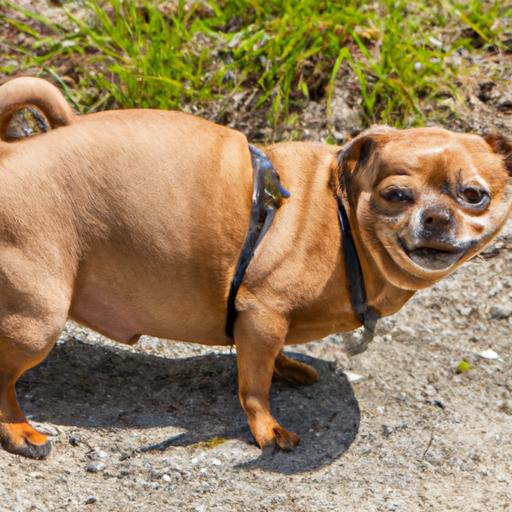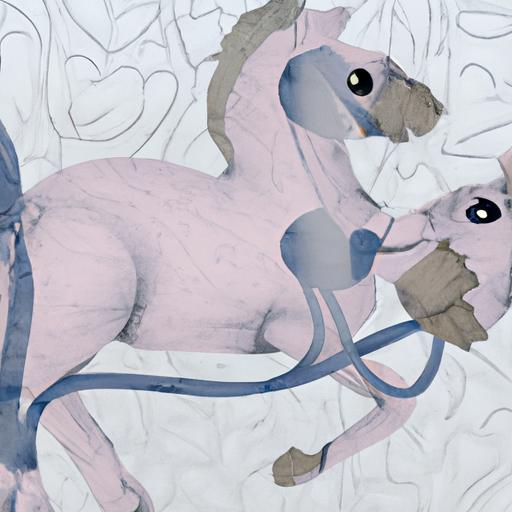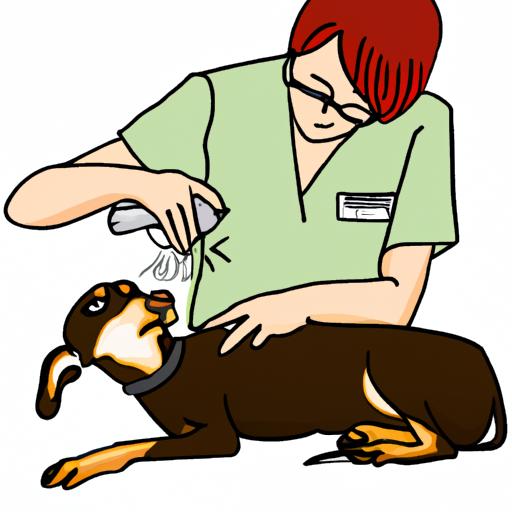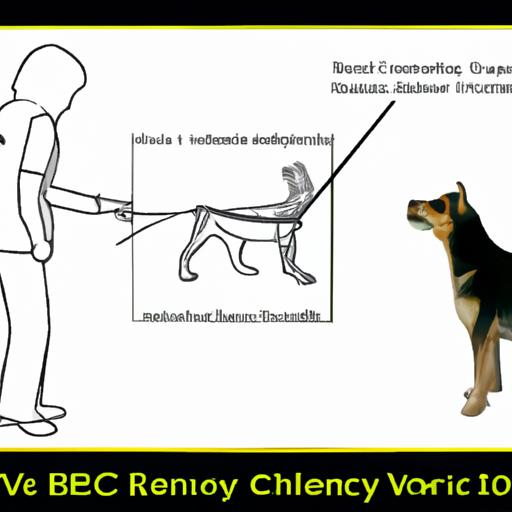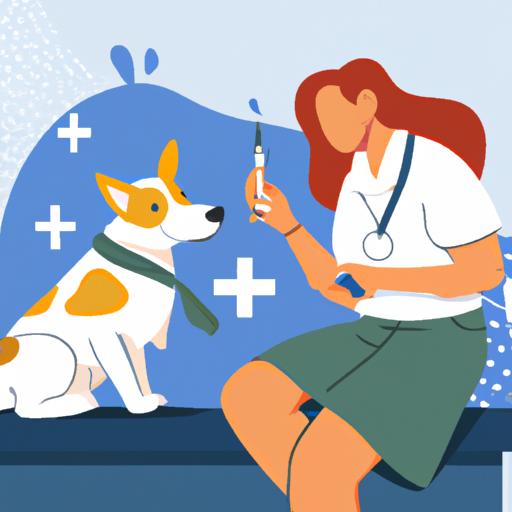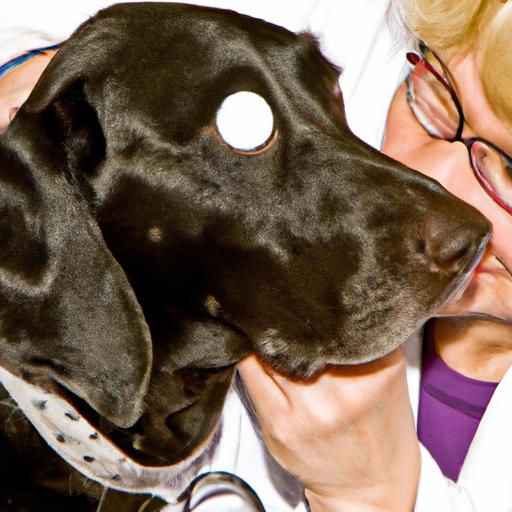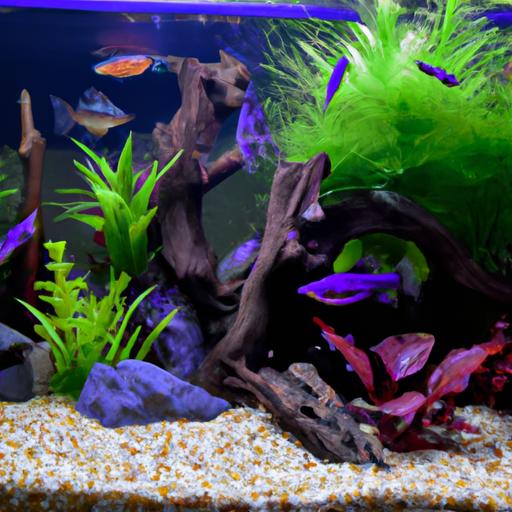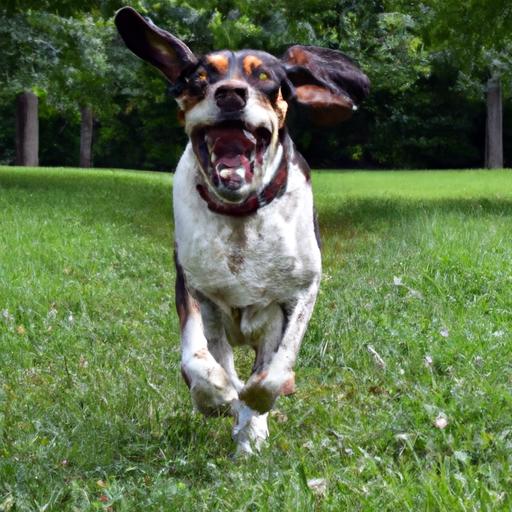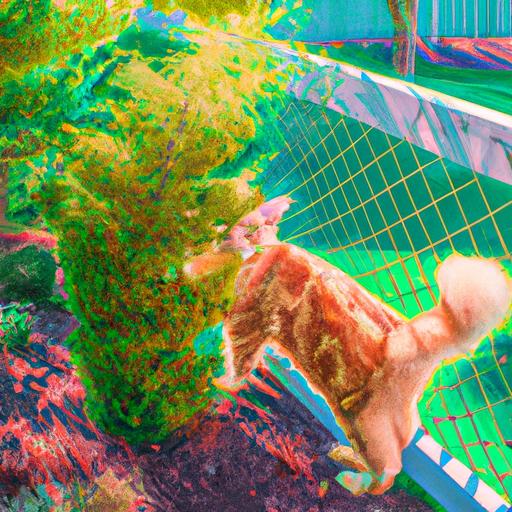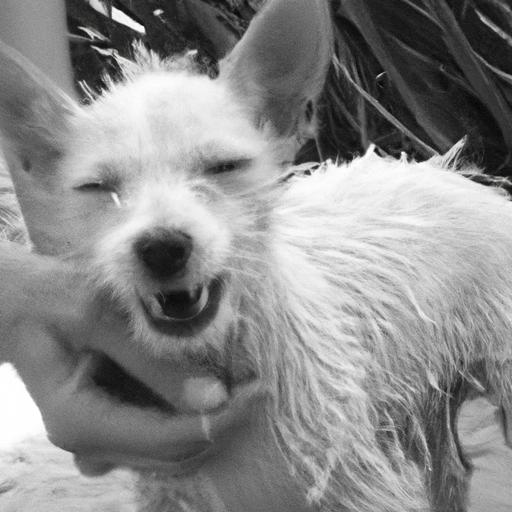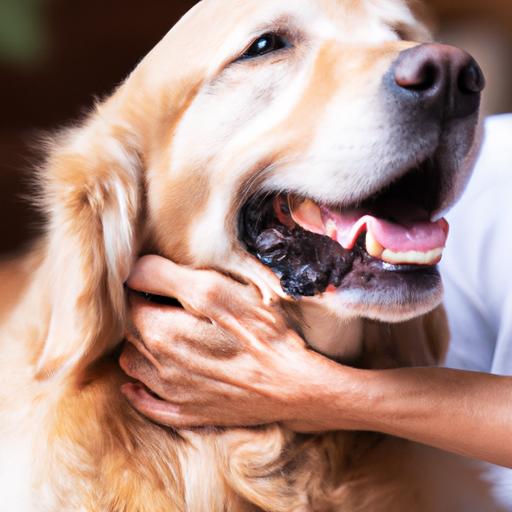
Recognizing Signs of Canine Nodular Dermatofibrosis
Learn how to identify the early signs of canine nodular dermatofibrosis. Recognizing Signs of Canine Nodular Dermatofibrosis – a comprehensive guide.
Introduction
As responsible dog owners, it is important for us to be aware of and recognize any health issues that our furry friends may face. One such condition that requires our attention is canine nodular dermatofibrosis. This article aims to provide you with valuable insights into this condition and equip you with the knowledge to identify its early signs. By recognizing these signs promptly, you can ensure that your beloved canine companion receives the necessary care and treatment to manage this condition effectively.
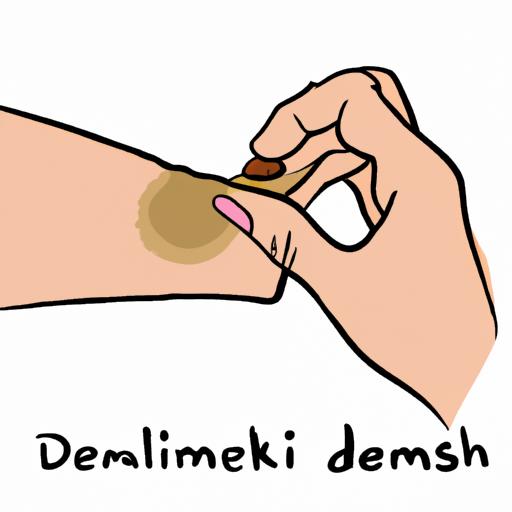
Recognizing Signs of Canine Nodular Dermatofibrosis
One of the key aspects of responsible pet ownership is being proactive in monitoring your dog’s health. Early detection of canine nodular dermatofibrosis can make a significant difference in the outcome for your pet. Here are some signs to watch out for:
Overview of Common Symptoms
Canine nodular dermatofibrosis often presents with a variety of symptoms. These may include persistent nodular growths on the skin, changes in skin texture or coloration, and unusual itching or scratching behavior. It is essential to keep a keen eye on any changes in your dog’s skin and behavior, as these can serve as vital indicators of this condition.
Importance of Regular Skin Checks
Regular skin checks play a crucial role in the early detection of canine nodular dermatofibrosis. By incorporating a routine skin examination into your dog’s grooming regimen, you can identify any unusual growths or changes in their skin. This proactive approach enables you to seek veterinary advice promptly and take appropriate action.
Identifying Nodular Growths on the Skin
Nodular growths are a common manifestation of canine nodular dermatofibrosis. These growths can vary in size and appearance, ranging from small, raised bumps to larger, irregular masses. While not all skin growths are indicative of this condition, it is essential to be aware of their presence and consult your veterinarian for a thorough evaluation.
Changes in Skin Texture or Coloration
Another sign of canine nodular dermatofibrosis is changes in the skin’s texture or coloration. You may notice areas of thickened skin, scaly patches, or even depigmentation. These alterations can occur in various parts of your dog’s body and may be accompanied by discomfort or irritation. Prompt recognition of these changes can lead to early intervention and improved outcomes for your pet.
Unusual Itching or Scratching Behavior
Excessive itching or scratching is often an indication that something is amiss with your dog’s skin health. In the case of canine nodular dermatofibrosis, these behaviors may be triggered by the presence of nodules or other skin abnormalities. If you observe persistent itching or scratching, it is advisable to consult your veterinarian to rule out or address this condition.
Frequently Asked Questions (FAQ)
Here are some frequently asked questions about canine nodular dermatofibrosis:
What causes canine nodular dermatofibrosis?
The exact cause of canine nodular dermatofibrosis is not yet fully understood. However, it is believed to have a genetic component, with certain breeds being more predisposed to the condition. Environmental factors and immune system dysfunction may also play a role in its development.
Is it contagious to other dogs or humans?
No, canine nodular dermatofibrosis is not contagious to other dogs or humans. It is a condition that primarily affects the individual dog and does not pose a risk to other pets or family members.
Can the condition be treated or managed?
While there is no cure for canine nodular dermatofibrosis, various treatment options are available to manage the condition and improve your dog’s quality of life. Your veterinarian may recommend surgical removal of nodules, topical medications, or other therapies to alleviate symptoms and slow down the progression of the disease.
How can I prevent my dog from developing nodular dermatofibrosis?
As the genetic component of this condition is thought to be significant, prevention measures are limited. However, responsible breeding practices and genetic screening can help reduce the prevalence of canine nodular dermatofibrosis in future generations.
Can certain breeds be more prone to this condition?
Yes, certain breeds, such as Golden Retrievers, Labrador Retrievers, and Boxers, have a higher incidence of canine nodular dermatofibrosis. It is crucial for owners of these breeds to be particularly vigilant in monitoring their dogs’ skin health.
Conclusion
Recognizing the signs of canine nodular dermatofibrosis is essential for ensuring your dog’s well-being. By staying informed and being proactive in monitoring your pet’s skin health, you can identify this condition early and seek appropriate veterinary care. Remember, regular skin checks and prompt veterinary consultation are the keys to managing canine nodular dermatofibrosis effectively. Your furry friend deserves the best possible care, and your vigilance can make all the difference in their quality of life.
So, keep a watchful eye, stay informed, and provide your canine companion with the attention they need to lead a healthy and happy life.
*[SEO]: Search Engine Optimization

